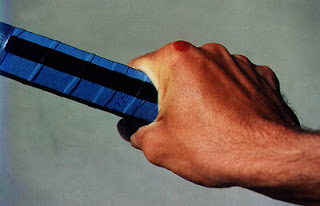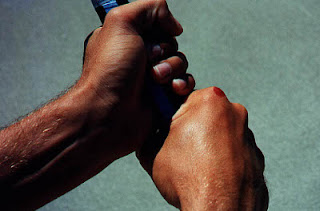According Ron White (UPSTA), there are two types of tennis players.
Type A
Type A players generally have good technique. Players love to play with this type of style or beauty. On the day they'd play with pretty, covering the entire field and closed the game with his best. These players have at least one type of deadly stroke.
However, Type A players have weaknesses in the mental. Sometimes when playing opponents who do not meet or match the surrounding conditions, such as the type of field or weather does not match, his game became chaotic, In conclusion, if these players are not comfortable playing with, then automatically the game into a mess and it looks from the language of his body or his emotions.
There are some names that could be classified into Type A, like Marat Safin, Goran Ivanisevic or Venus Williams.
Type B
Type B is the type of players who are more "intelligent" than type A. He has no technique is perfect, do not have a lethal weapon, but can read and adapt well in a game. Type B is usually looking for weaknesses or omissions in your opponent. They're like a wall that is very hard to be penetrated so that every ball that hit the opponent can always be restored properly. Consistency, patience and tactics are the capital in defeating his opponents.
This type of tennis pro is like Michael Chang, Lleyton Hewitt, or Martina Hingis.
read more...










